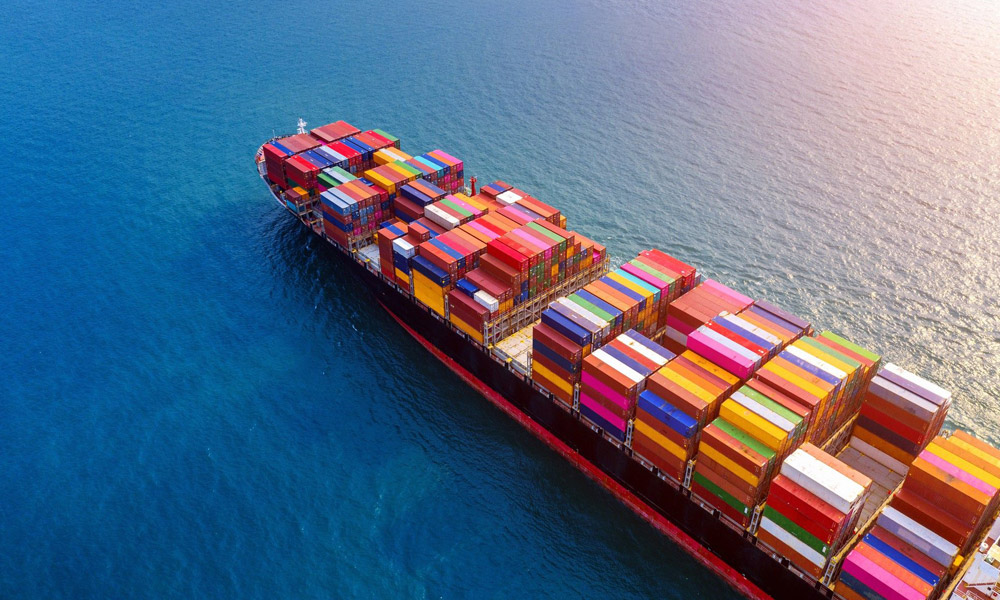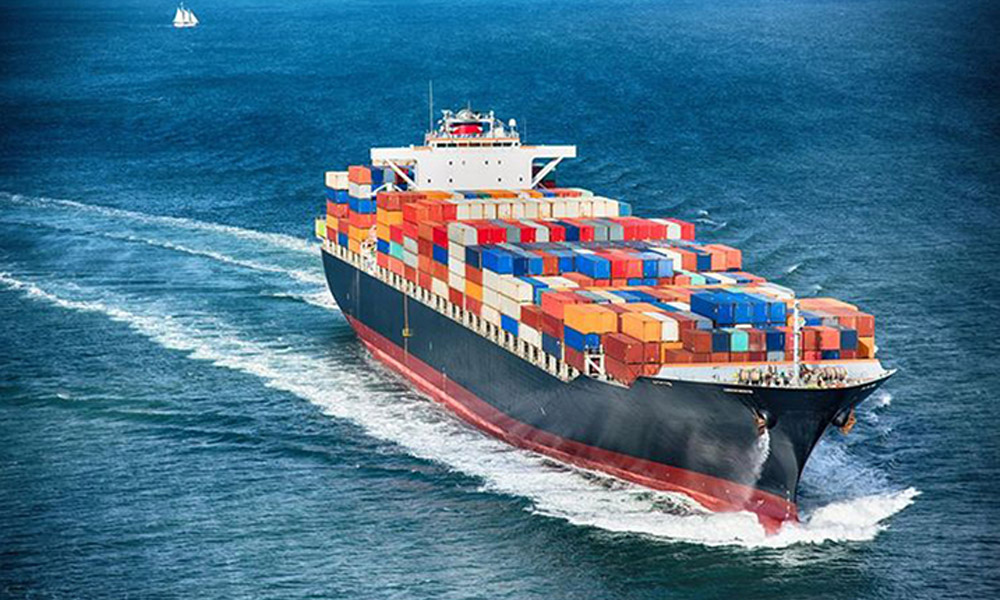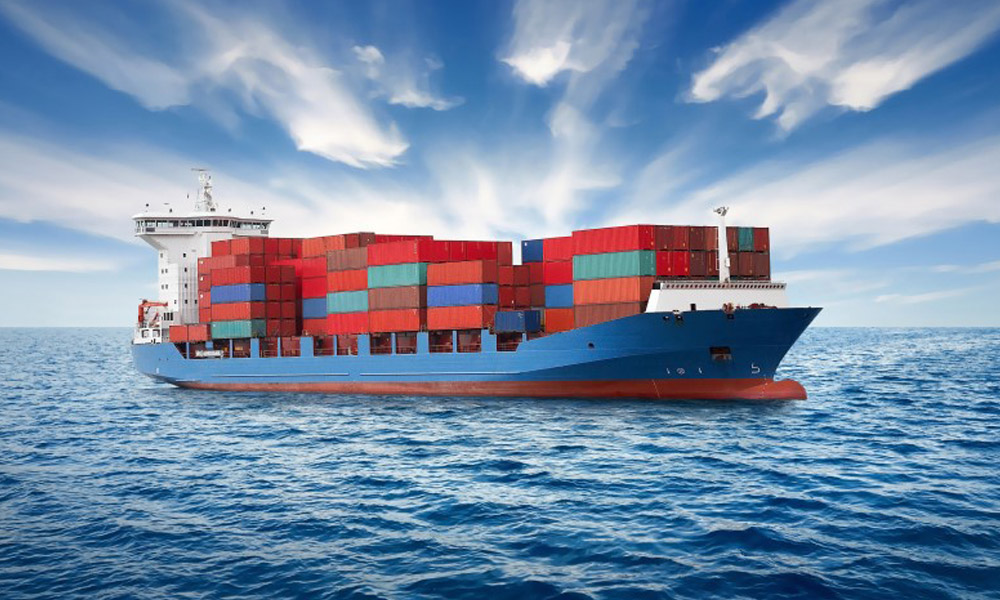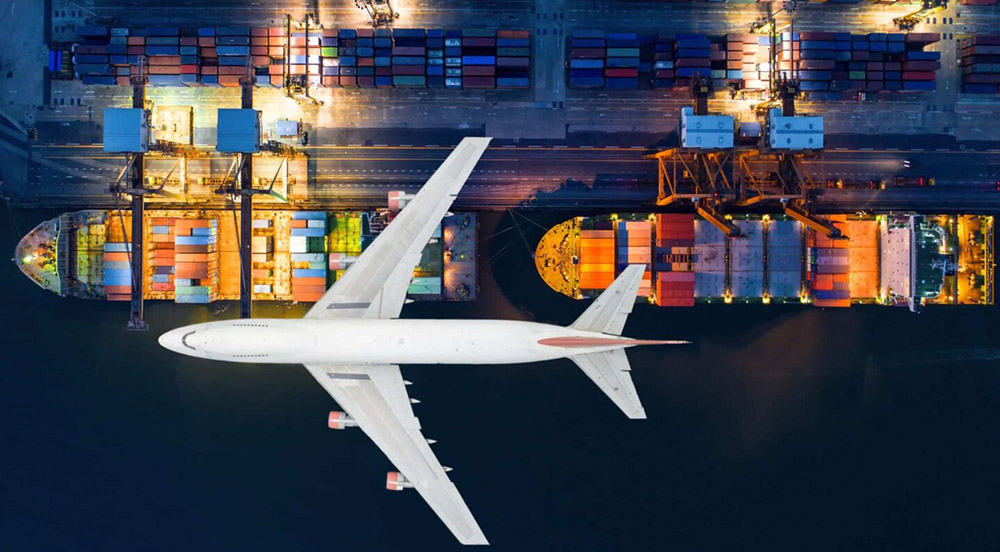EN

Have any questions or need help with logistics? Our team is here to help.
Customs clearance in China involves a series of structured procedures, which, while comprehensive, can pose challenges due to complexities in tariff rates, documentation, and regulatory compliance. For shippers, navigating these processes efficiently is critical to avoiding delays, fines, or disruptions. Below is a detailed, optimized guide to China’s customs clearance framework, including key procedures, requirements, and strategies for smooth execution.

Customs clearance refers to the administrative process of submitting and verifying documents required by Chinese customs authorities to facilitate the import or export of goods. This process ensures compliance with local laws, including tariff payment, safety standards, and quarantine regulations. The customs authorities use submitted documents to assess cargo value, determine applicable duties, and verify that goods meet all entry/exit criteria. Only after completing these checks is cargo granted permission to enter or leave China.
Customs clearance is categorized by the mode of transportation, each with distinct procedures tailored to the logistics involved:
Air Freight Clearance: Processes cargo arriving at or departing from international airports (e.g., Beijing Capital, Shanghai Pudong). Known for faster turnaround times to align with air freight’s urgency.
Sea Freight Clearance: Applies to goods transported via seaports. Involves coordination with port authorities and often requires longer processing due to larger cargo volumes.
Rail Freight Clearance: Manages shipments via cross-border rail networks (e.g., China-Europe Railway Express). Focuses on border checkpoints with streamlined protocols for rail-specific documentation.
Express Freight Clearance: Handles small parcels or urgent shipments via international couriers . Simplified procedures to accelerate delivery for low-volume, high-value items.
Despite standardized processes, common hurdles include:
Lack of Transparency: Fluctuating tariff rates and evolving regulations can create uncertainty for first-time shippers.
HS Code Misclassification: Incorrect use of China’s Harmonized System (HS) codes—used to categorize goods—often leads to delays, fines, or cargo seizures.
Documentation Gaps: Incomplete or inaccurate paperwork (e.g., missing invoices, certificates) is a primary cause of hold-ups.
Regulatory Changes: Tariffs, import restrictions, and inspection requirements are updated periodically, requiring shippers to stay informed.

China’s HS codes are critical for customs clearance, as they determine:
Applicable tariffs (import duties, value-added tax, consumption tax).
Required inspections (e.g., CIQ quarantine for food or pharmaceuticals).
Pre-market approvals (for regulated goods like electronics or cosmetics).
While aligned with international HS standards, China’s system uses 8–10 digit codes with unique subcategories. Since August 1, 2018, additional codes have been introduced to refine classification. Key tip: Verify HS codes with a licensed customs broker to avoid errors, as misclassification can result in:
Delays in cargo release.
Heavy fines or tax penalties.
Downgraded company credit ratings.
Inclusion on customs monitoring lists.
Tariff rates in China are dynamic, adjusted periodically based on government policies, trade agreements, and economic goals. They vary by:
Type of goods: Regulated items (e.g., luxury goods, chemicals) often face higher rates.
Trade status: Rates differ for imports vs. exports, and may include:
Most-Favored-Nation (MFN) rates.
Tariff quota rates (for limited-quantity goods).
Preferential or agreement rates (under free trade agreements).
Provisional rates (temporary adjustments for specific goods).
Shippers are advised to consult with customs brokers for real-time tariff calculations, as outdated rate information can lead to underpayment or overpayment of duties.

Whether importing or exporting, the process follows a structured workflow:
Step 1: Pre-Shipment Preparation
Confirm that goods are not on China’s prohibited/restricted list (e.g., certain chemicals, counterfeit products).
Classify goods using the correct HS code and verify applicable tariffs.
Prepare all required documentation (see Section 7 for details).
Partner with a licensed customs broker or logistics provider CMTrans to manage submissions.
Step 2: Submission and Inspection
Submit documents (electronically or in hard copy) via the China Customs Declaration System.
Customs authorities review documents, assess duties, and may conduct physical inspections (random or targeted, based on risk levels).
Pay applicable tariffs, taxes, and fees (e.g., VAT, consumption tax).
Step 3: Cargo Release
Once all checks are completed and payments are confirmed, customs issue a release order.
For imports, goods are cleared for delivery to the final destination; for exports, they are approved for loading onto outbound transport.
Accurate documentation is critical. Below are key documents for import and export clearance:
Import Clearance Documents
Bill of Entry: Filed by the importer within 30 days of cargo arrival, detailing the total value of goods and remittances.
Commercial Invoice: Specifies product details, quantities, and prices to calculate duties.
Bill of Lading (BOL) or Airway Bill: Issued by the carrier, confirming ownership and shipment details (sea vs. air).
Import License: Mandatory for regulated goods (e.g., pharmaceuticals, weapons).
Insurance Certificate: Verifies cargo insurance coverage, used to assess value.
Letter of Credit: Outlines terms of sale between buyer and seller, supporting value verification.
Export Clearance Documents
Pro Forma Invoice: Confirms the exporter’s intent to sell goods at an agreed price.
Customs Packing List: Details contents, weights, and packaging to cross-verify with invoices.
Certificate of Origin (CO): Certifies that goods were produced or manufactured in the exporting country.
Customs Invoice: Mandatory for all exports, including pricing, quality, and packaging details.

Processing time varies based on factors like:
Cargo type: Regulated goods (e.g., food, electronics) may require additional inspections, extending timelines.
Port congestion: Peak seasons (e.g., summer) often lead to delays due to high volumes.
Documentation accuracy: Complete, error-free paperwork can reduce processing to 1–2 days; gaps may cause hold-ups of 5+ days.
Working with experienced brokers CMTrans minimizes delays by ensuring proactive document checks and liaison with customs officials.
Customs Brokers: Licensed professionals specializing in regulatory compliance. They handle documentation, tariff calculations, and communication with customs authorities.
Freight Forwarders: Manage logistics, including transportation, warehousing, and cargo movement. Many also act as customs brokers, but not all brokers provide forwarding services.
Collaborating with a provider that offers both streamlines coordination, as they handle both documentation and physical logistics.
Navigating China’s customs clearance requires expertise in:
Interpreting HS codes and tariff updates.
Managing relationships with customs officials.
Resolving issues like document discrepancies or inspection holds.
Providers like CMTrans Global Logistics, with operations across China and 30+ countries, offer end-to-end support—from document preparation to post-clearance delivery—ensuring compliance and efficiency.
Conclusion: Successful customs clearance in China hinges on thorough preparation, accurate documentation, and partnerships with trusted experts. By understanding HS codes, tariff structures, and procedural requirements, shippers can mitigate risks and ensure seamless cargo movement.

CMTrans is the Best Freight Forwarder Parther in China, With The Best Price and Services Help You Shipping Goods From China to Worldwide.
Back to Top
Copyright © 2025 Jiangsu Chenmao International Logistics Co.,Ltd. All Rights Reserved
Design by BONTOP.